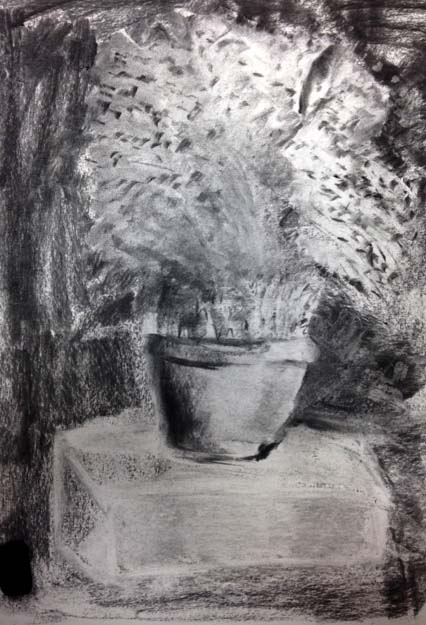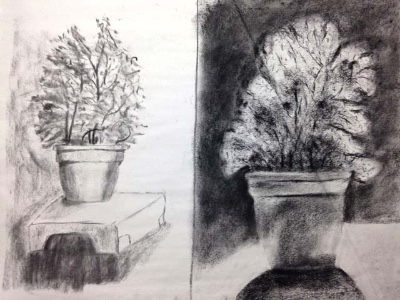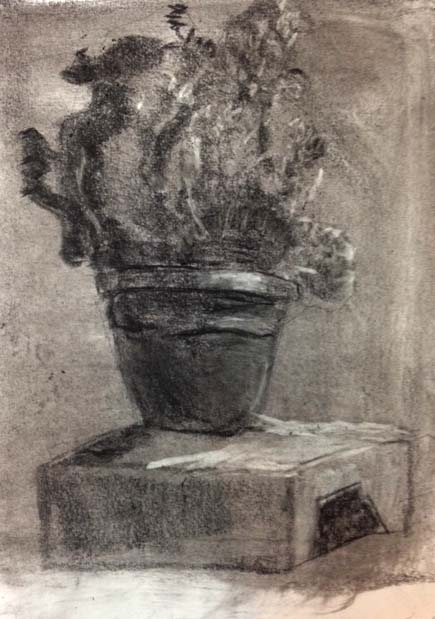MAKING ART AND VIEWING ART ARE DIFFERENT.
Making art provides uncomfortably accurate feedback about the gap that inevitably exists between what you intended to do, and what you did. In fact, if art making did not tell you (the maker) so enormously much about yourself, then making art that matters to you would be impossible. To all viewers but yourself, what matters is the product: the finished artwork. To you, and you alone, what matters is the process: the experience of shaping that artwork.
ART IS MADE BY ORDINARY PEOPLE
If art is made by ordinary people, then you'd have to allow that the ideal artist would be an ordinary person too, with the whole usual mixed bag of traits that real human beings possess. This is a GIANT hint about art, because it suggests that our flaws and weaknesses, while often obstacles to our getting work done, are a source of strength as well. Something about making art has to do with overcoming things, giving us a clear opportunity for doing things in ways we have always known we should do them.
Art & Fear, David Bayles & Ted Orland
A selection of drawings
from my Wednesday class
In class we are discussing the idea that a form's volume is not perceived by adding up its details-- but by understanding its general structure.
The following drawings resulted from observing the effects of light on a potted plant. At the beginning of class student's weren't shy about telling me this was a tough subject! Understanding where to begin when confronted by such a complex form can be intimidating. Drawing is a process of learning how to simplify.
To begin, student's divided a piece of paper in half and (left side) drew a potted plant (20min). Next, we discussed the landscape work of artist's Nicolas Poussin, Lloyd Rees, and Claude Lorrain-- looking at how their attention to individual leaves was only suggested, the emphasis being on their collective texture and mass. We talked about the process of simplification and using value to unify parts into larger areas of light and shadow. After a series of exercises created to help students incorporate these ideas into their own work, student's did a second drawing of the plant (right side).
Lloyd Rees
Claude Lorrain ( 1600-1682)






